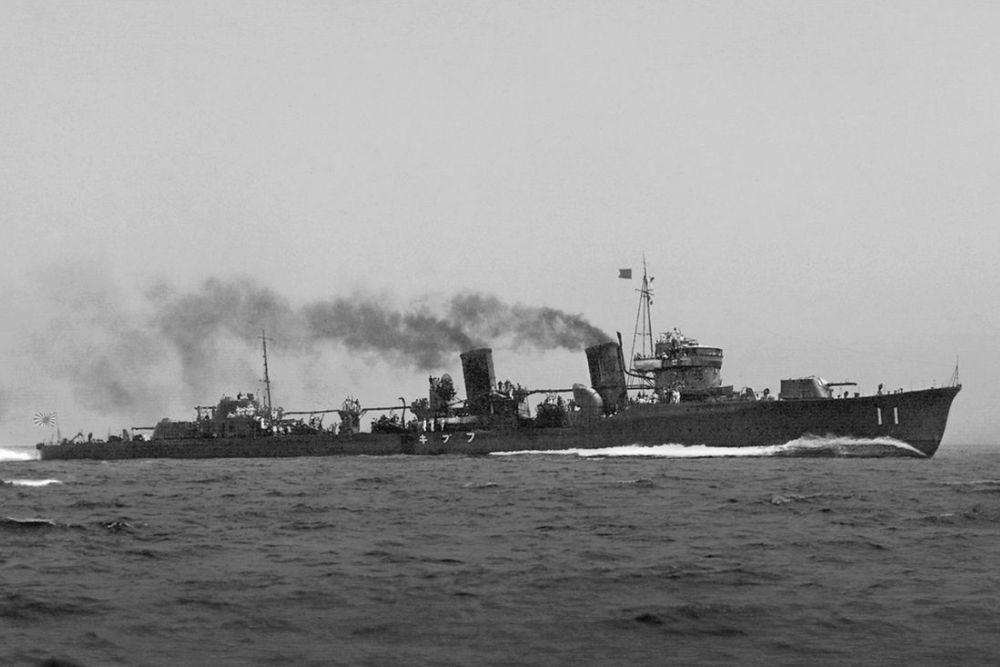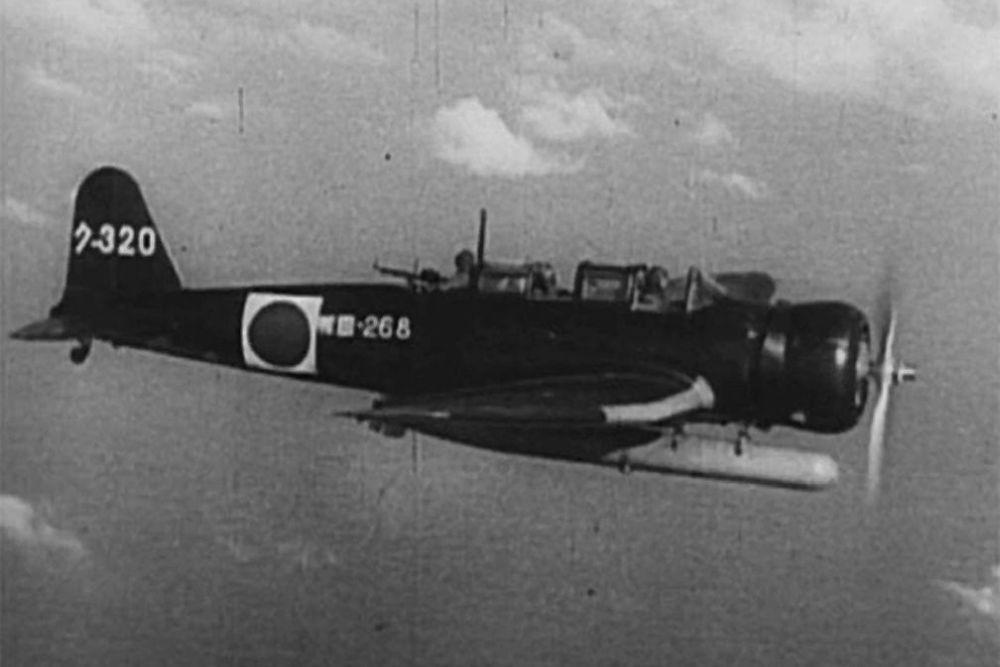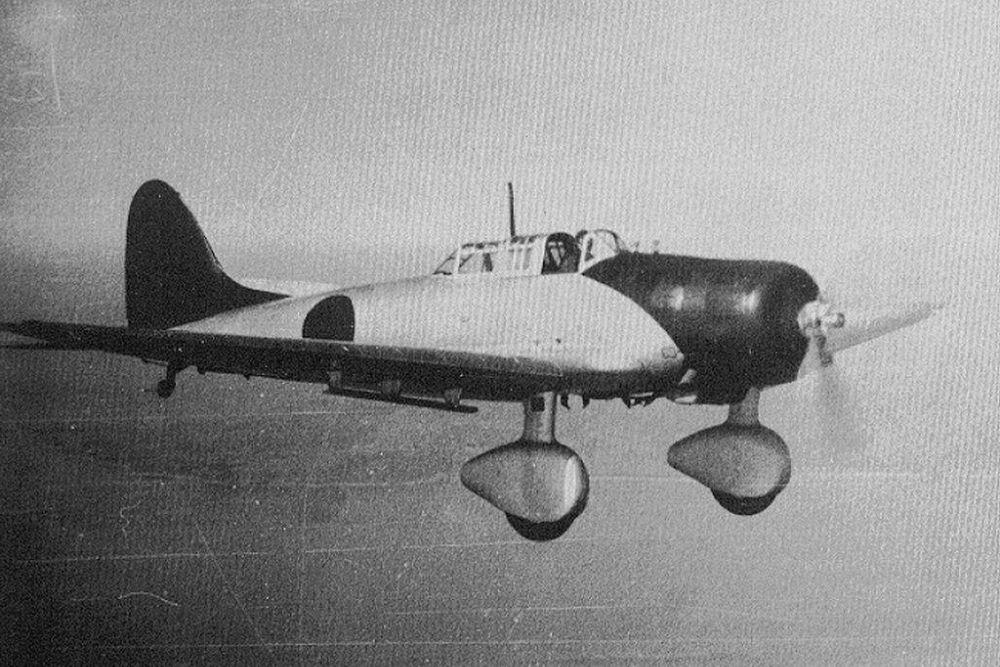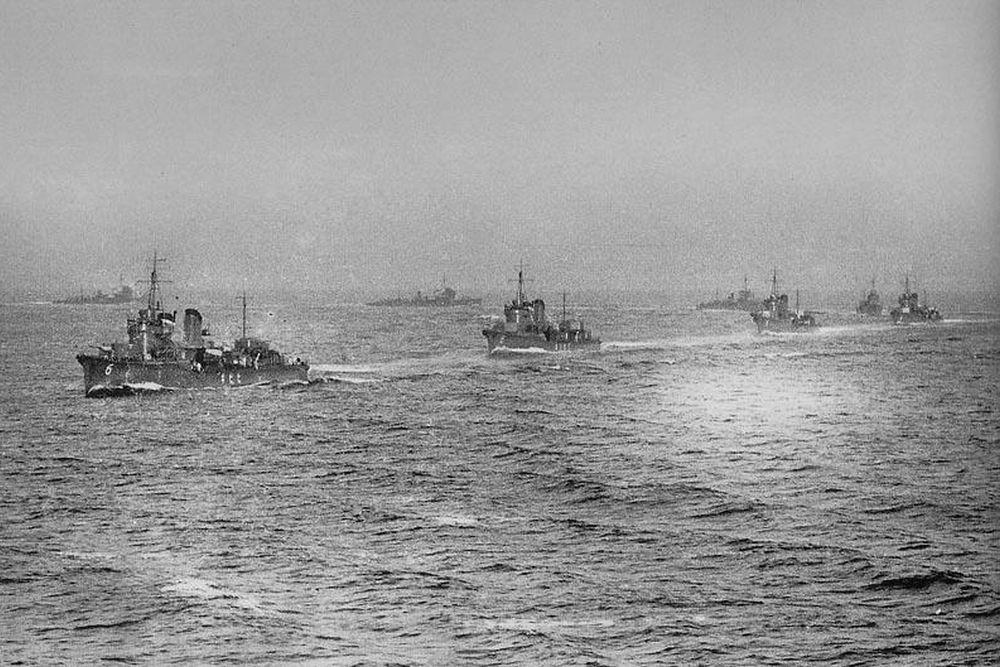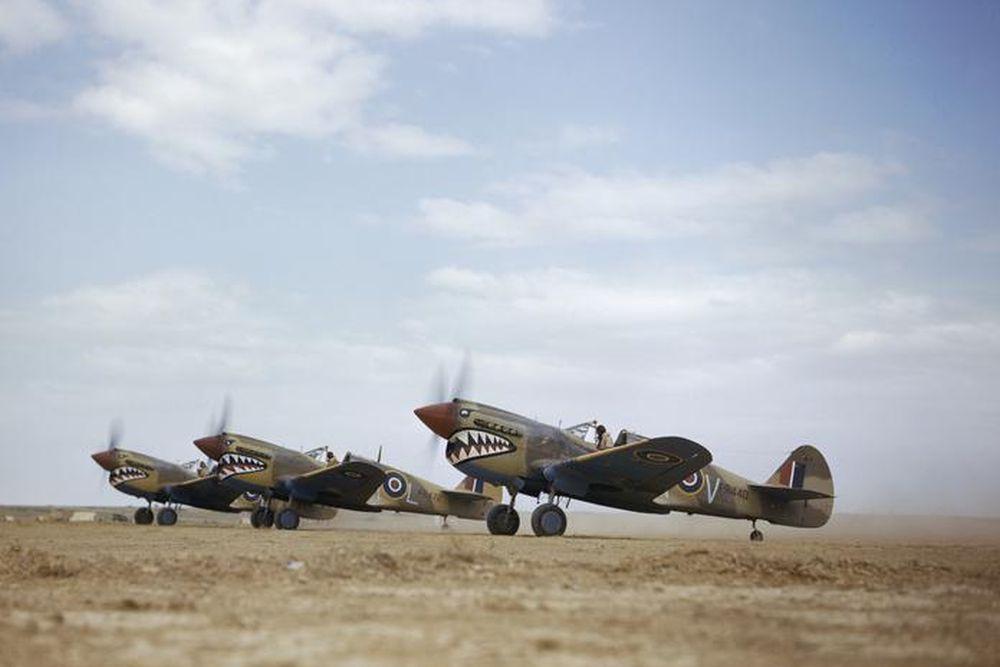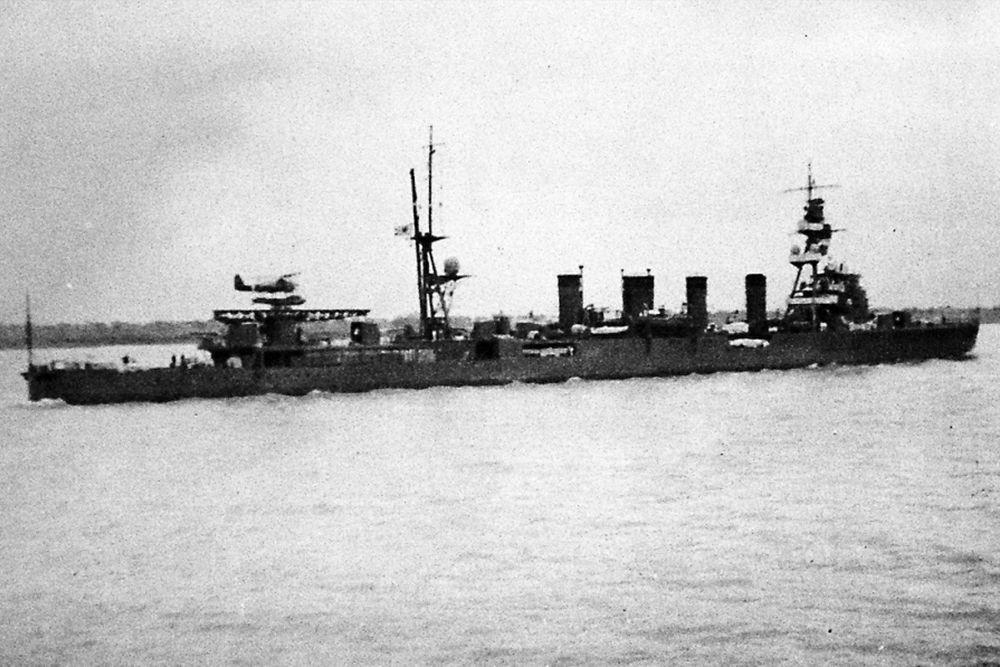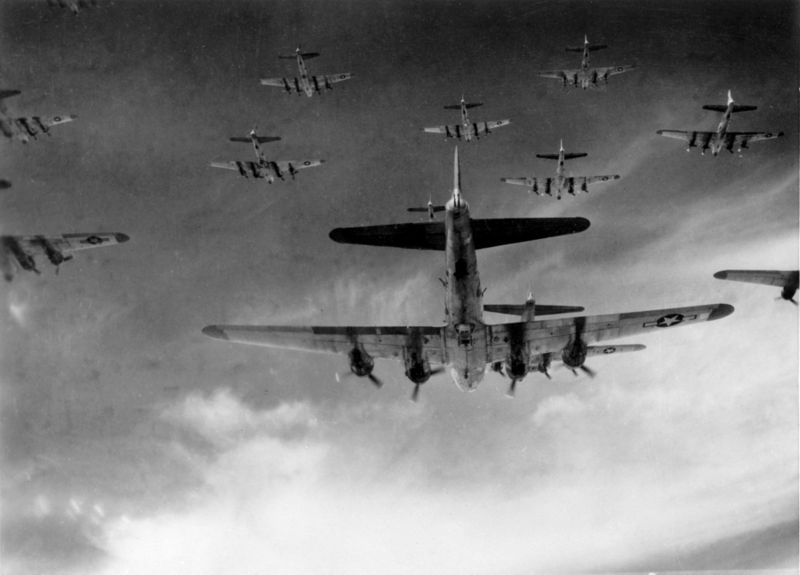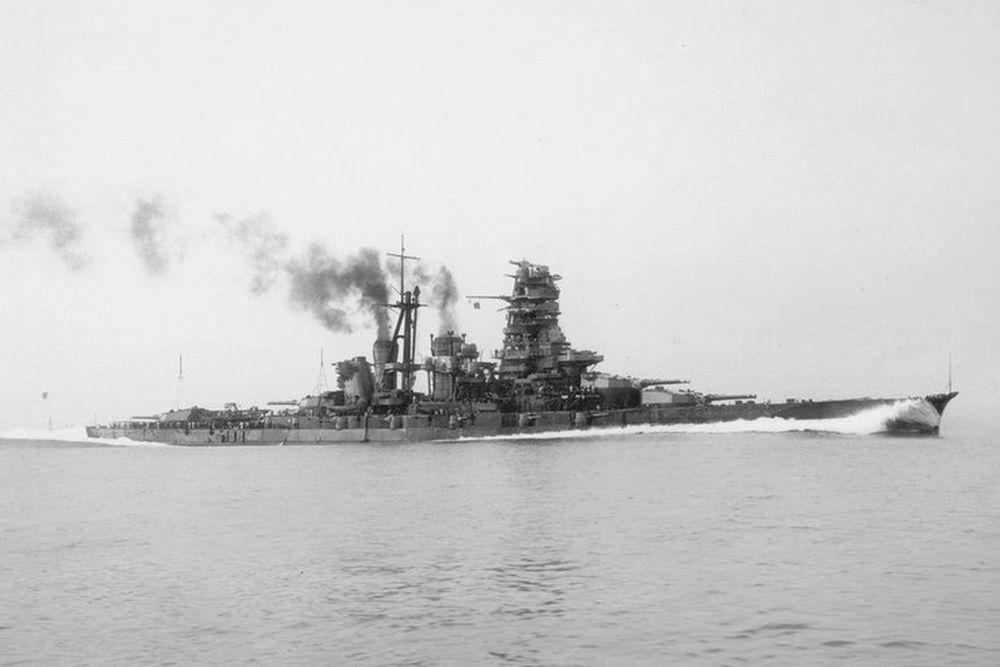Newest articles
- Article by Wilco Vermeer
- Published on March 10th, 2025
Japanese Fubuki-class (1927) Destroyers - 吹雪型駆逐艦
The Fubuki-class destroyers were introduced in the 1920s and their design was so revolutionary that it set a new trend for this type of navy ships. For the first time, double-barrelled 5-inch turrets were used on destroyers, whereby the turret itself had a watertight construction and no longer had to be rotated manually. Until then, destroyers all over the world had either open-air gun emplacements or turrets with an open rear. Also, an automatic torpedo reload installation was used for the first time.
- Article by Wilco Vermeer
- Published on February 26th, 2025
Nakajima B5N
At the beginning of the Second World War, the Nakajima B5N was the most important Japanese torpedo bomber. Production of this aircraft would continue until 1943 and was operational until 1944 when gradually replaced by the Nakajima B6N. Until then, the aircraft had played an important role in most of the Imperial Japanese Navy's operations, such as the attack on Pearl Harbor.
- Article by Wilco Vermeer
- Published on February 25th, 2025
Aichi D3A Val
The Aichi D3A Val aircraft was the standard dive bomber used by the Imperial Japanese Navy at the outbreak of Second World War in the Pacific. The aircraft was introduced at the end of 1939 as a successor to the Aichi D1A dive bomber. The first operational deployment took place in China in November 1939. Nearly 1,500 aircraft were produced in two variants, and from mid-1942, as a carrier-based bomber, gradually replaced from mid-1942 by the Yokosuka D4Y dive bomber. The Aichi D3A itself would continue to be used as a land-based bomber as well as a training aircraft until the end of the war.
- Article by Wilco Vermeer
- Published on February 24th, 2025
Japanese Akatsuki-class (1932) destroyers
The four ships of the Japanese Akatsuki-class were built according to the 1927 construction program as a derivative of the Fubuki-class destroyers. The ships were modified in 1935, 1942/1943 and 1944. During the Second World War, all four ships operated as part of the Japanese 6th Destroyer Division. Three ships were lost in combat.
- Article by Wilco Vermeer
- Published on February 24th, 2025
Curtiss P-40 Warhawk
The Curtiss P-40 Warhawk was an American fighter aircraft that first flew in 1938. It was a modified version of the Curtiss P-36 Hawk. The P-40 would become a successful aircraft that served in with many Allied air forces until after the Second World War. When production ceased in November 1944, a total of 13,738 of various types had been manufactured. The aircraft was known as Warhawk to the Americans. Among the other Allies, the early types were known as Tomahawk and the later ones as Kittyhawk. The aircraft was particularly successful as a fighter aircraft for lower altitudes and as an escort fighter and fighter-bomber. The aircraft took part in almost all theatres of war during the Second World War.
- Article by Wilco Vermeer
- Published on February 23rd, 2025
Japanese Sendai-class (1923) Light Cruisers
The Sendai-class was planned as part of the Medium Cruiser Program of 1921/1922. A total of eight ships were originally scheduled to be built in two batches of four each. As the restrictions of the Washington Treaty of 1922 kicked-in, only 3 were ultimately completed. All 3 were lost in battle during the Second World War.
- Article by Wilco Vermeer
- Published on February 23rd, 2025
Japanese Nagara-class (1921) Light Cruisers
The Nagara-class light cruiser was essentially a slightly modified version of the Kuma-class light cruiser. The main differences are found in the construction around the bridge, the bridge itself and the fire control. Although already outdated at the time of the Second World War, the ships were still used as flagships for squadrons of smaller vessels and were modernised several times. All six ships of the Nagara-class were lost during the Second World War.
- Article by Ruben Krutzen
- Published on February 22nd, 2025
American bombs (1942-1945)
Brief article on the various types of aerial bombs used by the US Air Force during 1942-1945.
- Article by Wilco Vermeer
- Published on February 17th, 2025
Japanese Kongo-class (1912) battleships
The Kongo-class battleships were built between 1911 and 1915 as battlecruisers, based on a British design. The lead ship of the class, Kongo (1913), was the last Japanese naval ship at that time to be built outside Japan, namely in Great Britain. At the end of the 1920s, all the ships were modernised and hence re-classified as battleships. All ships in the class were lost during World War II. Only Haruna (1915) could be refloated but was scrapped in 1946.
